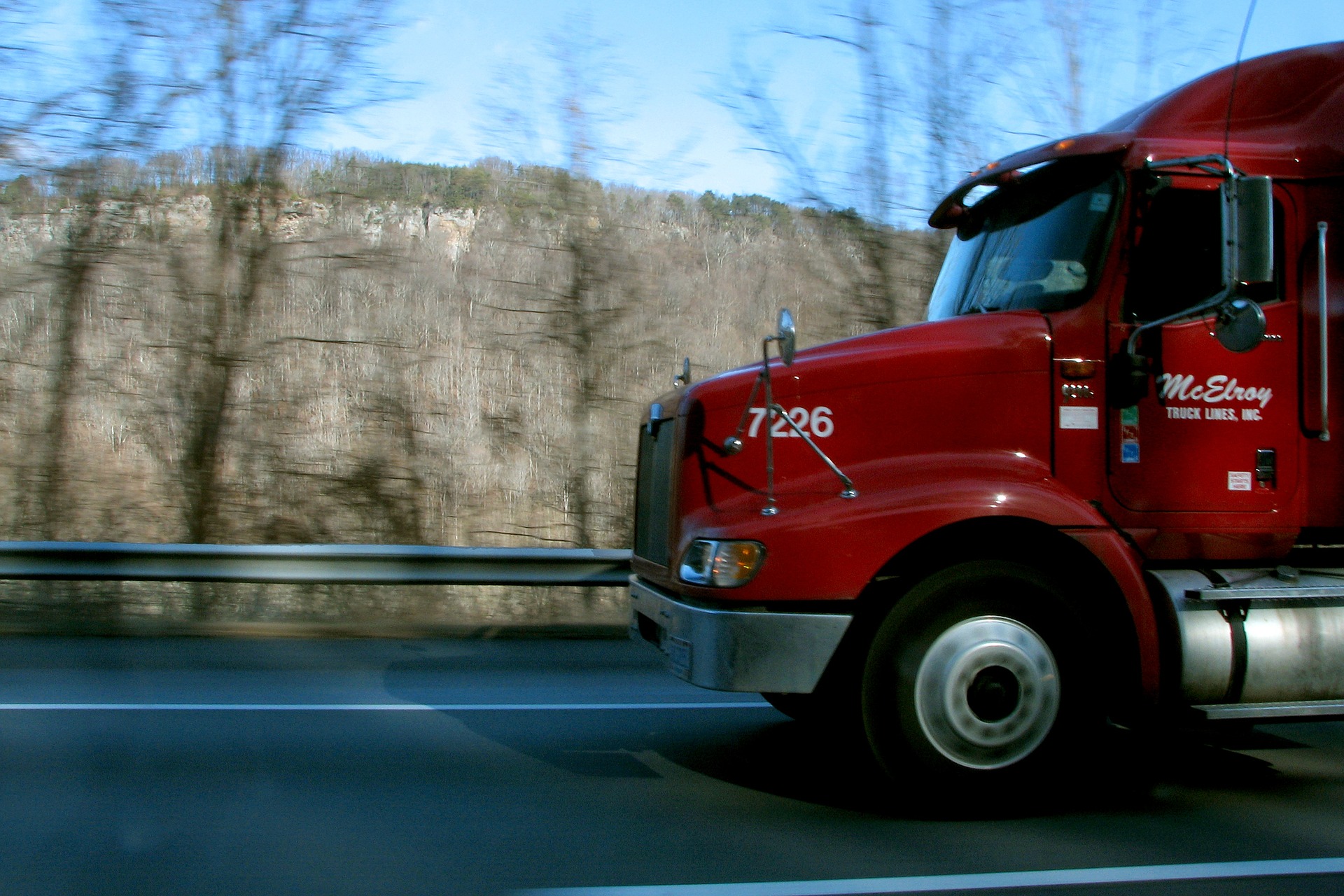

The FMCSA is considering easing up on its “personal conveyance” guidelines, and is accepting public comments on the proposed changes until February 20th.
According to current regulations, in order for an off-duty truck driver to use his truck for short, personal travel, such as traveling to a nearby restaurant, the truck must not be pulling a load (unladen).
The proposed changes, however, will remove the requirement for a truck to be unladen, and will allow drivers who are currently loaded to use a personal conveyance.
In issuing today’s proposed revision to the guidance, the Agency focuses on the reason the driver is operating a CMV while off duty, without regard to whether the CMV is or is not laden. The previous guidance, which required the CMV to be unladen, was written for combination vehicles, where the driver could readily detach the trailer and use the unladen tractor for personal conveyance. This interpretation had the inadvertent effect of not allowing drivers of single-unit work trucks that carry loads, as well as tools of trade and related materials, on the power unit to document this off-duty time on the RODS. In the absence of a trailer, these loads, tools, and other equipment cannot reasonably be offloaded, left unattended, and reloaded after the power unit has been used for personal conveyance. This proposed revisision to the guidance eliminates the requirement that the CMV be unladen and thus the disparate impact created by the previous guidance.
To clarify, in their proposal, the FMCSA listed uses that would qualify as personal conveyance.
The FMCSA summarized the proposed changes by saying, “The CMV may be used for personal conveyance even if it is laden, since the load is not being transported for the commercial benefit of the carrier at that time.”
The original deadline to comment on the proposed changes was set for January 19th, 2018, however the agency has extended the public comment period through February 20, 2018. You can read the proposal, or submit a public comment, here: Regulations.gov Docket ID: FMCSA-2017-0108